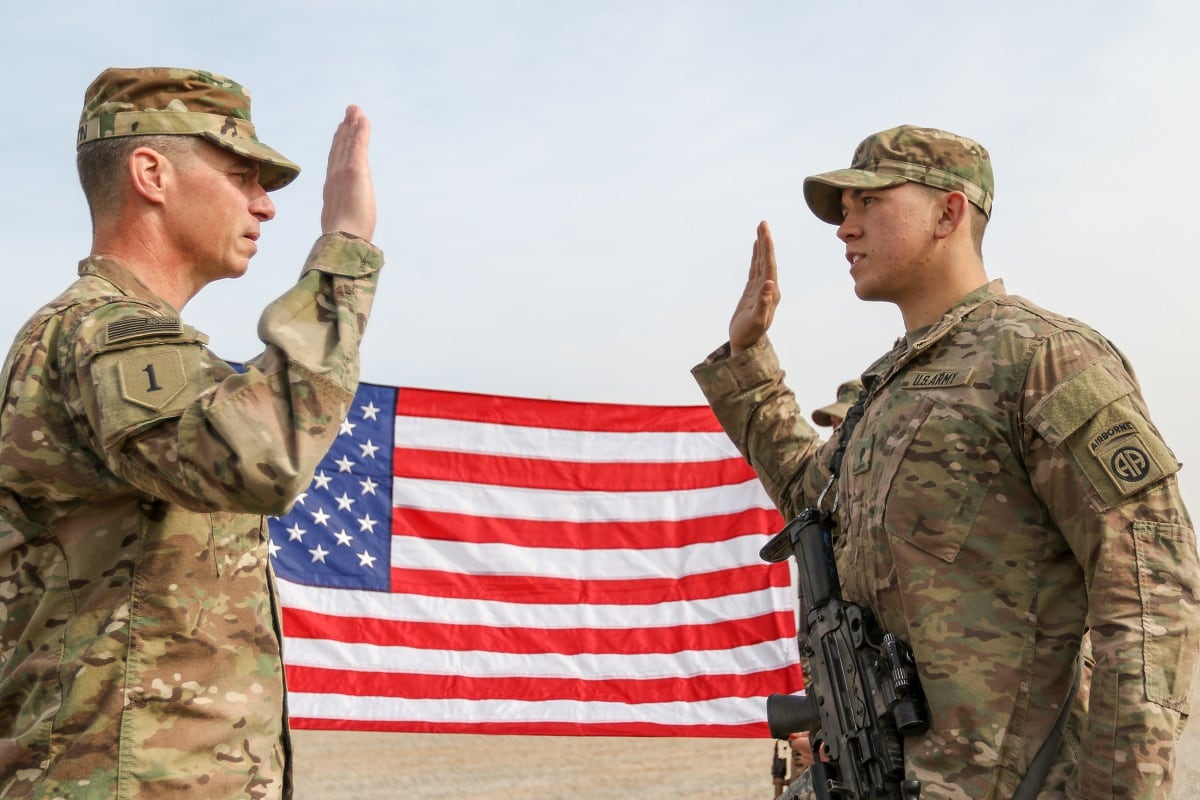Air Force reservists are about to get a lot more opportunities to go full time — and get the chance to receive the same pay, benefits and retirement as active-duty airmen.
The Air Force Reserve last month said the Active Guard and Reserve program is projected to grow from 20 percent of the Reserve’s full-time support to 26 percent over the next three fiscal years. To support that growth, the Reserves’ human capital management leadership team reviewed the laws, policies and processes now in place for managing the AGR program.
The release said four main changes were proposed by the team and approved by Lt. Gen. Richard Scobee, chief of the Air Force Reserve, though they have not yet been announced.
But the growth of the AGR program — which had more than 3,600 positions spread across every wing in Air Force Reserve Command as of last November — will mean more opportunities for reservists. A Nov. 28 release from the Reserve at Robins Air Force Base said the program gives reservists the chance to receive the same pay and benefits as active-duty airmen.
“For both Reserve and regular Air Force members, it is an opportunity to continue their career and combine years of active service with an AGR tour to be one step closer to earning active duty retirement,” said Capt. Matthew Harding, AGR assignments branch chief at the Air Reserve Personnel Center at Buckley Air Force Base in Colorado, in the November release. “Additionally, each year a member is on AGR orders is 365 points towards Reserve retirement. If a member is pursuing a Reserve retirement, it is a huge boost for them.”
RELATED

An initial AGR tour is three years, and participants can then continue in that position for up to two more years, Robins said. The reservist can then try for another tour in a new position.
Once they have served six years in the program, they are no longer considered probationary members and can enter the career program.
The Reserve said in a Feb. 12 release that the changes to the AGR program would likely be put into place with the publication of a new Air Force instruction.
“The changes are not drastic, but rather intended to streamline decision making and processes, have flexibility for different career field needs, attract and retain talent while developing those future senior leaders, both officer and enlisted,” Lt. Col. Karen Coltrin of the Reserves said in the release.
Stephen Losey is the air warfare reporter for Defense News. He previously covered leadership and personnel issues at Air Force Times, and the Pentagon, special operations and air warfare at Military.com. He has traveled to the Middle East to cover U.S. Air Force operations.




